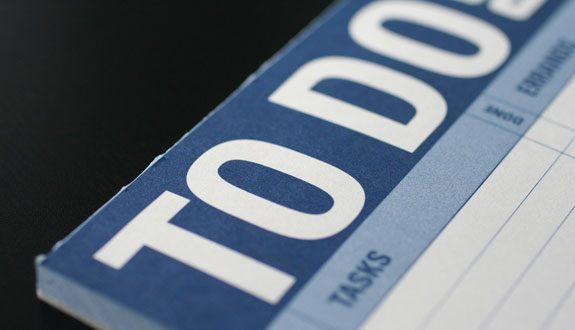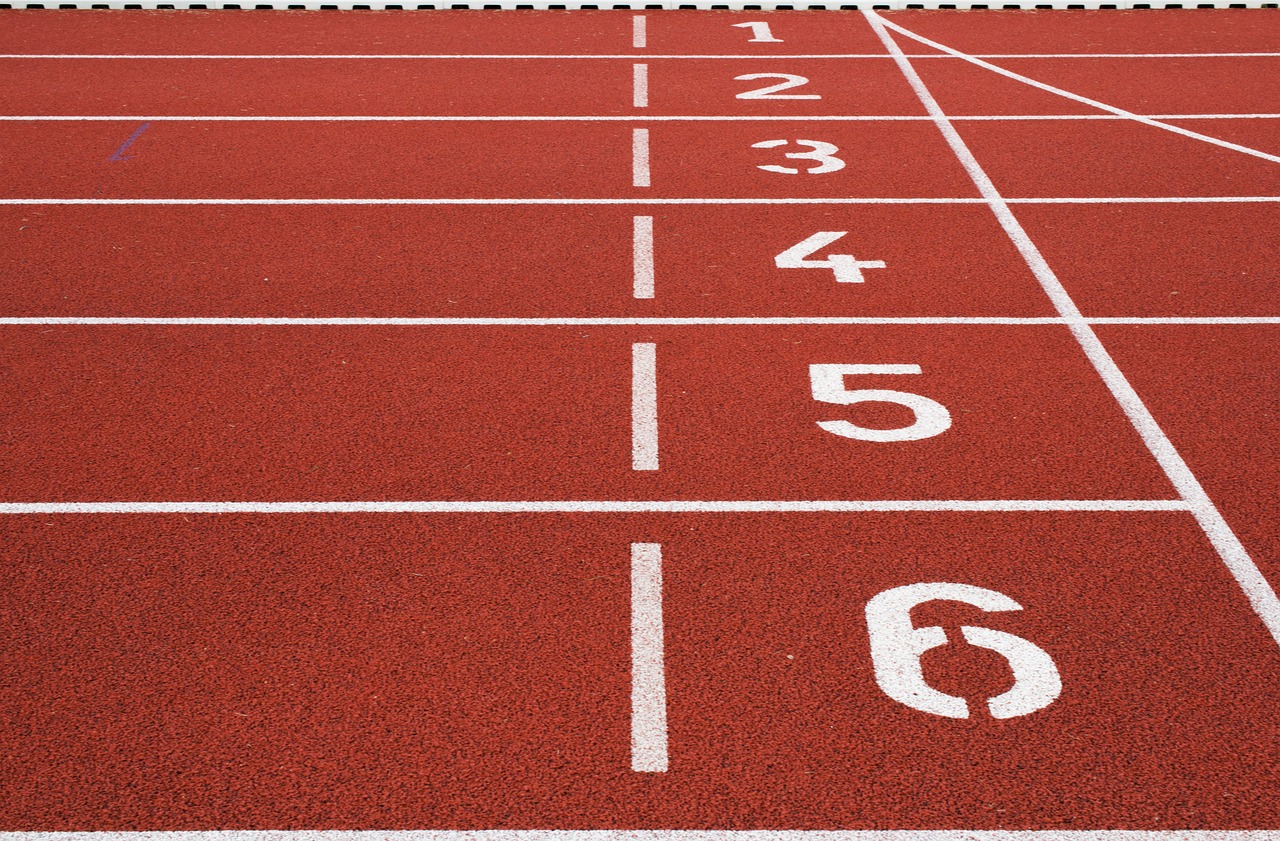
We at Blueprint like to think we know a lot about the LSAT. We’ve poured over every LSAT ever released to develop a curriculum that takes students through every facet of the exam. We’ve used that knowledge to develop online resources that are unparalleled by any other test prep company. We’ve looked at this dang exam from every angle, and know its every nook and cranny.
But all this knowledge wouldn’t mean much if it didn’t help our students do better on the test. So every three years, we have the accounting firm BPE&H conduct a study to make sure we’re communicating this knowledge to our students. This accounting firm takes a look at the score increase of students enrolled in our 2017 spring classroom courses, from the first proctored practice LSAT they take in class to their best practice exam performance, and gives us the results.
The results are in and, not to toot our own horn, they are impressive. Here are some of the highlights:
Once again, our students average an 11-point increase
Yet again, the study found that our students average an 11-point increase from their first to best practice exam. This is huge.
Let’s say a student started with a score of 151, the median score on the June 2017 LSAT. That score would give her a good shot at getting accepted to University of Wyoming College of Law or the University of Toledo College of Law — currently ranked as 112th and 132nd best law schools, respectively, according to the U.S. News & World Report‘s rankings of the roughly 200 ABA-accredited law schools — since the median LSAT score for entering students at these schools is 151 or 152. If that student increased her score to 162, she would now be a competitive applicant to the Boston College Law School or the University of California, Irvine School of Law — ranked 26th and 28th, respectively — where the median LSAT score is 162 or 163.
Of course, getting into these schools is contingent upon a host of factors, like your GPA, work experience, personal statement, and letters of recommendation. But all else being equal, your LSAT score is hugely important in getting into law school — in fact, it’s weighted more heavily in your academic index than your GPA, for nearly every law school.
So an 11-point increase represents a meteoric rise through the law schools rankings. And the ranking of the law school that you attend corresponds to the bar passage rate and average salary of graduates. At Boston College, for example, grads enjoy a median private sector starting salary of $160,000. Compare that to grads of the University of Toledo School of Law, who have a median starting salary of $56,000 in the private sector. That’s a lot of moolah.
And this average score increase isn’t some fluke. Since starting this periodic study in 2008, where our students averaged a 10-point increase, we’ve maintained an 11-point increase in 2011, 2014, and now once again in 2017.
Nearly all of our students increase their score, and many increase by a lot
This study also showed us that from their first to best practice exam, 98% of all of our students improved their scores. In fact, 89% percent saw a bump of 5-points or more.
But many of our students see a really huge score increase. 23% of our students get an increase of 15-points or more from their first to best practice exams. Which means nearly one in four students get taken on a magic carpet ride to the upper echelons of law school rankings. To use our earlier example, a student who increased her initial score of 151 by 15-points would now take her 166 and be a competitive applicant to many top-20 law schools, like the University of California, Berkeley School of Law (ranked 12th) or the Georgetown University Law Center (ranked 15th), where the median LSAT is 166 or 167. And 6% of our students see an increase of 20-points or more.
More than just a score increase, our students get scores that would make them competitive applicants to the best law schools in the country
We like to measure our students’ improvements through the course to make sure we’re doing right by them. But at the end of the day, most of you are concerned about the actual practice exam score you’re going to hit during our course. After all, you don’t apply to law school with a score increase — you apply just with a score, that three-digit number between 120 and 180.
We get that, so we had the accounting firm take note of the practice exam scores our students get as well. And we think those results are equally impressive.
86% of our students score above a 150 on their best practice exam. With the median LSAT score on most exams hovering between at 151 and 153, this means that the vast majority of our students do above-average on their best exam. So with our program, you can literally get ahead of the curve.
And 50% of our students score above a 160 on their best practice exam. A student who maintained that score on the actual LSAT would have a really good shot at getting into many of the top 40 law schools. And 27% of our students get above a 165. So over a quarter of our students get practice exam scores that would make them attractive applicants to many top 20 schools.
And 12% of our students score above a 170 on their best practice exam. That means that one in eight students wind up with a practice exam score that’s equivalent to a meal ticket to nearly any school in the country.
And not only can these high marks get you into some of the most prestigious law schools in the country, but they can also help you get scholarships that will reduce the amount you have to pay to go there.
So yeah, the results speak for themselves
We think these results really speak to the quality of curriculum and instruction we provide to our students. We also think they speak to the unique experience that studying for the LSAT with Blueprint can provide.
If you’re researching other test prep companies, you’ll find that almost no other company conducts similar studies, or if they do, they do not publish the results. We use these studies to make sure the product we’re offering to our students is continually successful. We want our students to know that by signing up for Blueprint, they’re teaming up with a program that has their backs and is invested in their success.
And we’re celebrating this with a gift to you
When we saw these results, we celebrated back at our offices. And because we’re feeling a little festive, we want to extend a gift to you. Until October 15th, we’re offering an 11% discount on our classroom courses (Get it? Because of the 11-point increase? Yeah, you get it). All you have to do is enter promo code PLUS11 when you sign-up for any one of our classroom courses online. So sign up for our fall or winter courses, get a hefty discount, and join an army of Blueprint students who have seen huge score increases on the LSAT.
A couple notes on this study
Finally, a couple notes on the study: The practice exams we use for the study are of real LSATs licensed from LSAC that are administered in the same fashion with regard to timing, experimental sections, and breaks as the real LSAT.
The students used in this study were students in real Blueprint classroom courses across the country. The study only included the students who completed all six proctored practice exams given during the course. The study also excluded students who were repeating the course.
If you’re wondering why we used the proctored practice exams in the study instead of the real LSAT, it’s because we don’t have access to any of our students’ real LSAT scores. That’s their private information. Any attempt to do a large study of this type would require us to ask our students to report back their LSAT scores. This would present many methodological issues: the total number of respondents would be limited, we would have no way of knowing whether the reports were accurate, and the results may be unrepresentative because we would likely be drawing from students who scored well enough on the exam to want to tell us their score.




